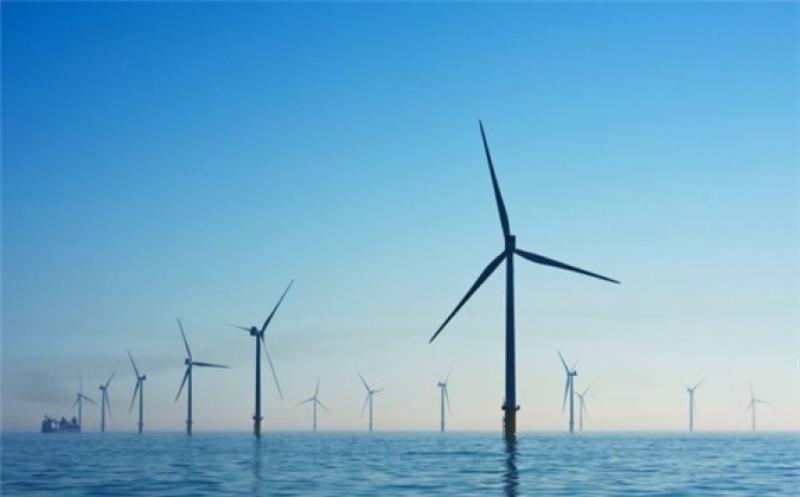A new report released by the Environment America Research and Policy Center states that using offshore wind energy, the US has the potential to meet 90% of its total energy demand by 2050.

Released in partnership with think tank Frontier Group, the report, Offshore Wind for America, examines the offshore wind energy generation potential of some four US regions namely the Atlantic, Pacific, Gulf, and Great Lakes regions and 29 states.
The US has the technical potential to produce more than 7,200 TWh of electricity from offshore wind by 2050, according to the report.
Johanna Neumann, senior director of Environment America Research & Policy Center’s Campaign for 100% Renewable Energy, said: “If we went out today and maximised its potential, offshore wind alone could provide almost double the amount of electricity used by the entire US in 2019.
“But even if we just unlock a fraction of America’s offshore wind capacity, it would help put us on track for a future powered by 100 percent renewable energy. Coupled with other renewable energy sources like solar and onshore wind, offshore wind promises to throw open the gates to a cleaner, healthier future for our kids and future generations.”
The Atlantic region has been found to have the highest potential and if fully developed has the ability to generate four times the electricity sourced from offshore wind compared to 2019. The region has the technical potential to produce almost 4,600 TWh of electricity each year.
The Gulf is second, followed by the Pacific which has the technical potential to produce almost 869 TWh of electricity each year from offshore wind and then the Great Lake regions in their potential capacity.
The Gulf can produce more than 1,400 TWh of electricity each year from offshore wind whilst the Great Lake regions has the technical potential to produce 344 TWh.
At the state level, Massachusetts has the potential to generate the most offshore wind power of any state, while Maine has by far the highest ratio of potential offshore wind power to its current and future electricity needs.
Bryn Huxley-Reicher of Frontier Group, adds: “Nineteen states have the potential to produce more power from offshore wind than all the electricity they used in 2019.
“And eleven states have the technical capacity to produce more electricity than they would be expected to use in 2050, even if they go all-electric. When you pair that potential with energy conservation and efficiency, you can start to imagine a world that really is fossil fuel-free.”
However, despite the massive potential, the report states that the US lacks clear policies and targets to encourage the increased deployment of offshore wind energy projects.
Although several Atlantic states have set enforceable targets for offshore wind in their energy mixes, the report calls for the enactment of policies encouraging increased investments to reach the targets. These policies should also seek to set ambitious targets than existing ones.
The report points out how favorable policies in Europe and Asia have resulted in the successful deployment of offshore wind programmes and the advancement of offshore wind technologies.
Innovation in wind energy technologies includes improvements in turbine sizes, generation capacity and efficiency as well as the introduction of floating turbines which are crucial for expanding offshore wind potential in states with especially deep coastal water, such as Maine and California.
The report recommends government agencies and players in the industry to:
Provide market certainty for offshore wind, as Connecticut, Maryland, Massachusetts, New Jersey, New York and Virginia have done by setting enforceable targets for offshore wind deployment.
Support domestic supply chain development.
Set national standards to ensure the environmental integrity of offshore wind projects and to avoid, minimize and mitigate impacts to marine ecosystems and wildlife.
Direct the Bureau of Ocean Energy Management and relevant state agencies to accelerate the offshore wind development process while ensuring transparency and environmental responsibility.
Increase and extend tax credits for offshore wind power.
Plan for regional offshore wind development, including transmission infrastructure.
Support research and development of new offshore wind technologies.
Hannah Read, Go Big on Offshore Wind associate with Environment America Research & Policy Center, said: “America needs to follow the trend and develop renewable energy sources close to where we need the power, on our coasts where 40 percent of Americans live.”
Today, the US only has two operational offshore wind energy farms and dozens in the the pipeline. The 34 proposals for offshore wind development — including 27 projects in various stages of planning and development — have a total of about 26.1GW of site capacity.